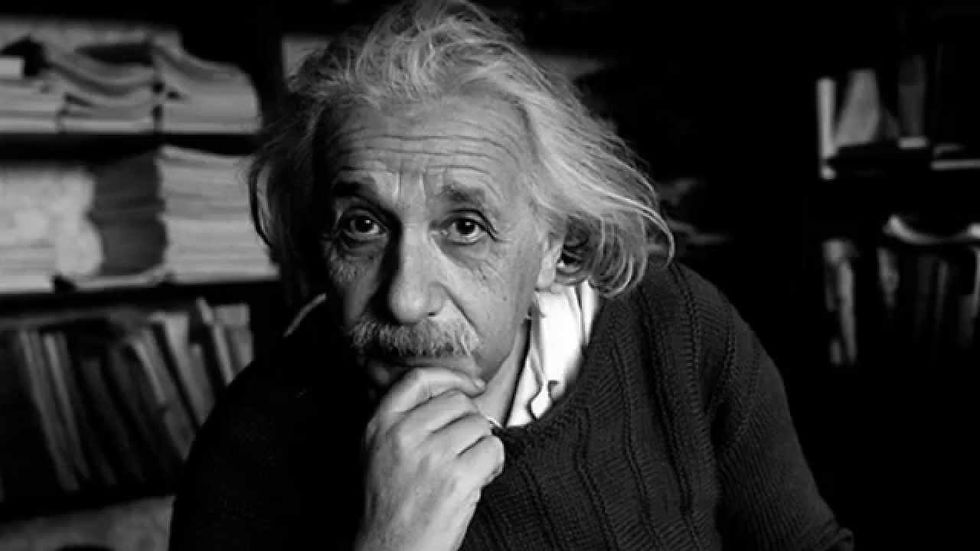Einstein Genius when you’re Stuck in a Loop
- Alice Irving

- Feb 25, 2021
- 3 min read
Updated: Jun 3, 2021
When you hit overwhelm you need good problem solving skills to find the right solution. In this blog post Einstein helps us out with a great strategy that we can apply to finding our way back from overwhelm.

When you’re feeling overwhelmed or hemmed in, a big question you’ll be asking yourself is:
“Where should I be focusing my attention right now?”
You’re despairing because there just doesn’t seem to be a right answer. You feel like wild horses are pulling you limb from limb (and probably your head as well).
Asking “where should I be focusing?” is like asking which wild horse you need to be rid of first.
We jump straight to solutions before we’ve spent enough (any?!) time really thinking about the problem.
You know when you tell folks you’ve got a problem and immediately everyone chimes in with their two penn’orth of what you should do? Instead of feeling better, you just feel A) like no-one was listening and B) even more overwhelmed because you’ve got 10 more things you ought to be doing and haven’t got time for and feel guilty that you haven’t been doing already.
Good problem solving – and that’s what you’ve got to do when you hit overwhelm – is really about defining a crystal clear specification for the solution you want to create.
Einstein was particularly good at this. He wasn’t just smarter than the average bear, either. He had some great strategies too, and I like to learn from the best:
“If I had an hour to solve a problem, I’d spend 55 minutes thinking about the problem and 5 minutes thinking about solutions.” - Einstein
Instead of focussing on all the things clamouring for your attention, you need to understand the systemic issue that’s defining the game so you can fix it, and totally change the game.
To do this, you have to look at the WHOLE system. You are going beyond your conscious problem-solving mind and allowing things to emerge that you hadn’t “seen”. This is what Einstein was doing in those 55 minutes.
You can bet he was sitting with the problem, switching off his front brain and the assumptions it makes. He was getting into his bigger brain, the one that can’t lie and sees clearly.
What is with this? (feeling, problem, issue…) We sit with it. We open ourselves to understand further, to see it clearly for what it is.
To facilitate this process, there are some key questions you can ask to help you get focussed:
Stage 1: What is the outcome you would like to see?
Get very detailed on the nature of what you’re looking for.
You might just want to run away and hide, but that won’t give you the fulfillment you’re looking for. You also aren’t looking for success at any cost.
So what is the middle point? What needs to be taken into consideration?
Your outcome is exactly tailored to you, and you don’t have to worry how you’ll get there (yet).
Stage 2: What stands between you and your desired outcome?
This is where the change needs to happen. The solution you are looking for will create this change.
The more information you can gather about the nature of the problem, the clearer you can get about the solution you are looking for.
But remember, you still aren’t looking for a solution. Yet.
Stage 3: Create a “Wanted Ad” for your solution.
As we know, the more detailed you can be in your ad, the more likely you are to find the right person (solution).
Get really clear on what the solution will (and won’t) do.
You will waste less time thinking about – or trying – solutions that simply don’t fit the bill.
Stage 4: Allow the solution to present itself.
Sometimes this requires going away from the problem for a little while.
If you’re in overwhelm, you’ll need to find a way of holding yourself and treating your symptoms tenderly while you’re waiting.
You’ll find that, knowing there is a solution coming, you’ll feel safer tending to yourself.
It's very likely that the solution will come quicker than you thought.
If you take the time to go through these steps, you’ll find yourself having breakthroughs that don’t just make you feel better in the short term, but that create shifts which last over the long term.
You won’t look back, because you’ll be working in a completely different box. This process is dear to my heart. It's one of my favourite ways to work with clients and it's one of the things my clients most enjoy.
If you have a single issue you’d like to crack this is the perfect process to get moving and shift things into a different space.





Comments